As the 2024 U.S. presidential election nears, the race between Vice President Kamala Harris and former President Donald Trump has become increasingly competitive. Polls reveal that the contest is now a close call, with both candidates vying for support in key swing states. Let’s dive deeper into the factors shaping this crucial race and what it means for the outcome.
Narrow Margin in National Polls
This Article Includes [hide]
Recent polling data shows Kamala Harris with a slight advantage over Donald Trump on the national stage. According to a Washington Post/Schar School megapoll of 5,000 registered voters, Harris holds a slim 1-point lead, with 49% of the vote compared to Trump’s 48%. This close margin highlights how divided the electorate is as voters prepare to head to the polls in just a few weeks.
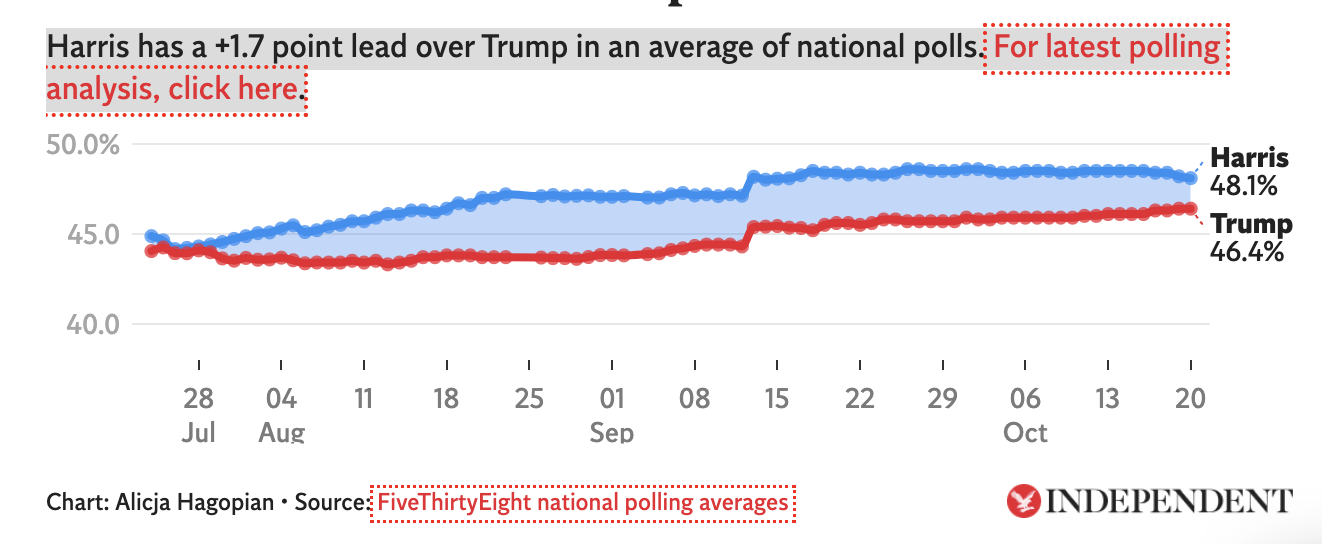
Additionally, the average of national polls, compiled by FiveThirtyEight, reveals Harris ahead by 1.7 points. However, this gap has narrowed over the past month, making the race highly unpredictable. While Harris has enjoyed a small lead in most polls, the fluctuating numbers suggest that the election’s outcome remains uncertain.
The Role of Swing States
The importance of swing states cannot be overstated in this election. In key battleground states such as Georgia, Michigan, Pennsylvania, and Wisconsin, Harris leads, while Trump maintains an advantage in Arizona and North Carolina. Nevada remains a toss-up, with both candidates neck-and-neck. In these states, no candidate has been able to pull ahead by a margin that falls outside the poll’s margin of error.
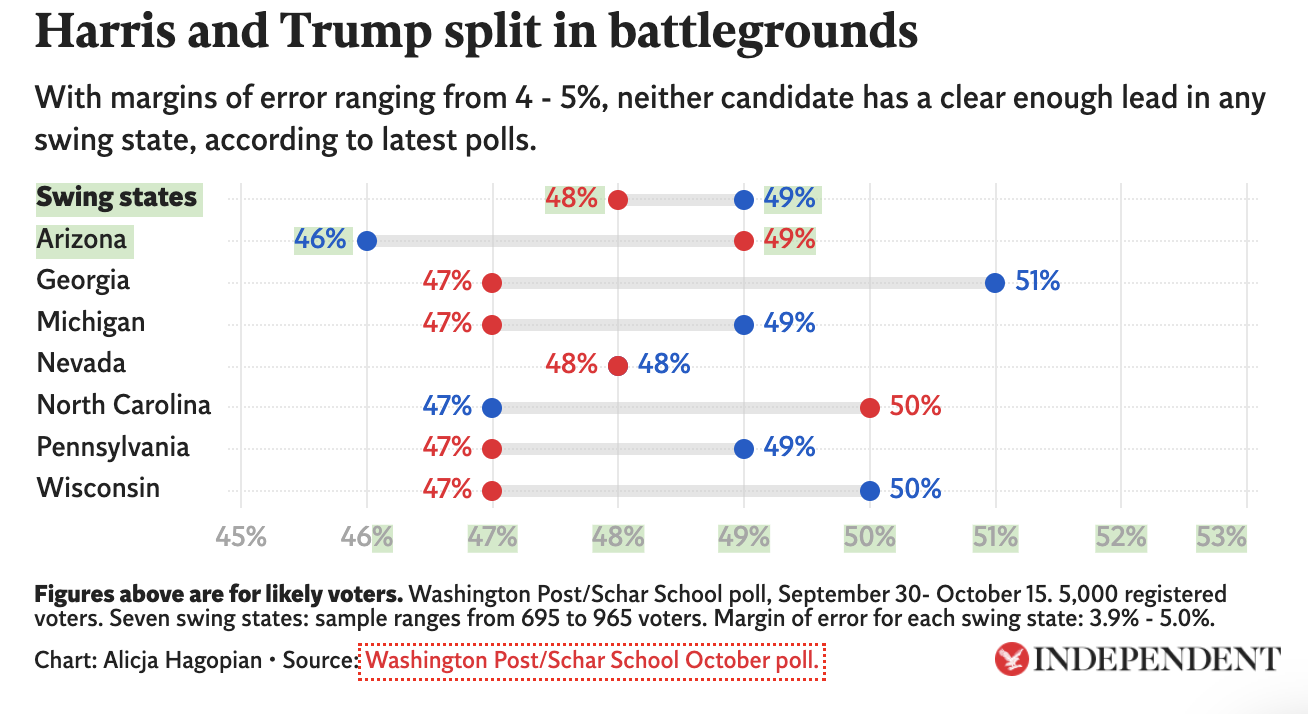
Among swing state voters, about 37% have firmly committed to supporting either Harris or Trump. However, around 10% are still undecided, meaning 1 in 5 voters have yet to make their final decision. This group of uncommitted voters holds the power to sway the outcome in these critical states.
Issues Shaping the Election
When it comes to the key issues driving voter decisions, the economy remains at the top of the list. Both candidates have made economic policies central to their campaigns, but voters are split on which candidate they trust to lead the country through economic challenges.
Healthcare also ranks high on voters’ lists of priorities. Trump’s efforts to overhaul Obamacare during his presidency remain a point of contention, especially since he has yet to propose a clear alternative. For many voters, healthcare remains a crucial factor in deciding their vote.
Another pressing concern for many voters is the state of democracy. Some voters view the upcoming election as a referendum on the future of democratic governance in the U.S., a point that could work in Harris’s favor given her messaging on safeguarding democratic institutions.
Immigration policies are also a key issue, especially for Latino voters, a group both candidates are keen to win over. While Harris has remained relatively silent on the topic, Trump’s hardline stance on immigration continues to galvanize his base.
Interestingly, climate change is ranked lowest among the priorities for swing state voters. Despite recent natural disasters such as hurricanes, the issue has been notably absent from the national conversation during this election cycle. Trump has downplayed climate change, while Harris has not focused heavily on the matter, leaving it largely unaddressed.
Demographic Shifts in Voter Support
Demographics play a critical role in shaping the election. Harris’s strongest support comes from younger voters and non-white communities. Meanwhile, Trump’s key demographic remains white, non-college-educated voters.
However, in a surprising shift, Trump’s dominance among older voters, traditionally a reliable Republican base, has weakened. Polls now show that Gen X and Boomer voters are nearly evenly split between Harris and Trump, with Trump’s lead among these groups reduced to just 1-2 points. This demographic change could have significant implications for the election, as Republicans have historically relied on strong support from older voters.
Adding to Trump’s challenges is the fact that a notable percentage of Republicans may cross party lines in this election. Polls show that nearly 1 in 10 Republicans may vote for Harris, signaling a potential shift among moderate or disillusioned GOP voters.
Senate Races Raise GOP Concerns
Beyond the presidential race, Republican leaders are increasingly concerned about the upcoming Senate elections. Internal GOP polling data shows that Republican candidates are trailing Democrats in several key Senate races, including in Arizona, Michigan, and Nevada. Even traditionally safe Republican strongholds like Texas are showing tighter-than-expected races. This raises the stakes for the GOP, which is hoping to maintain control of the Senate while also contesting the presidency.
Polling Uncertainty in Florida
Florida, a state critical to Trump’s success, has become a focus of polling uncertainty in recent weeks. While some polls show Trump leading Harris by double digits, other surveys suggest a much tighter race, with Harris closing in on Trump’s lead. Florida’s importance as a swing state cannot be understated, and its outcome may very well determine the election.
Conclusion: An Election in the Balance
With just weeks left before the 2024 election, the race between Kamala Harris and Donald Trump remains highly competitive. The outcome will likely be determined by swing states, undecided voters, and shifting demographic trends. While key issues like the economy, healthcare, and immigration dominate voters’ concerns, the final weeks of the campaign could bring surprises that tip the scales in either direction. One thing is certain—this election will be a nail-biter until the very end.

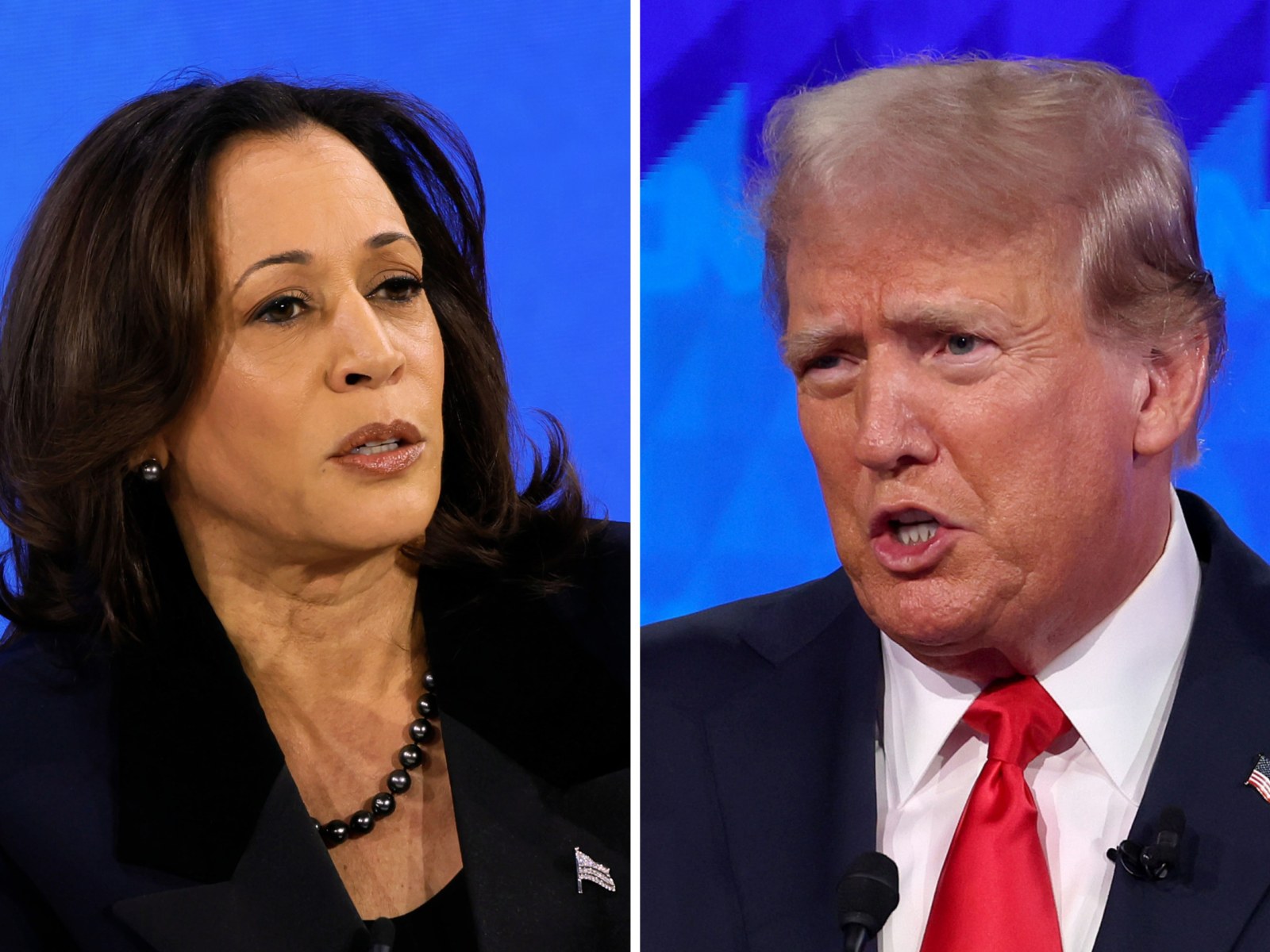

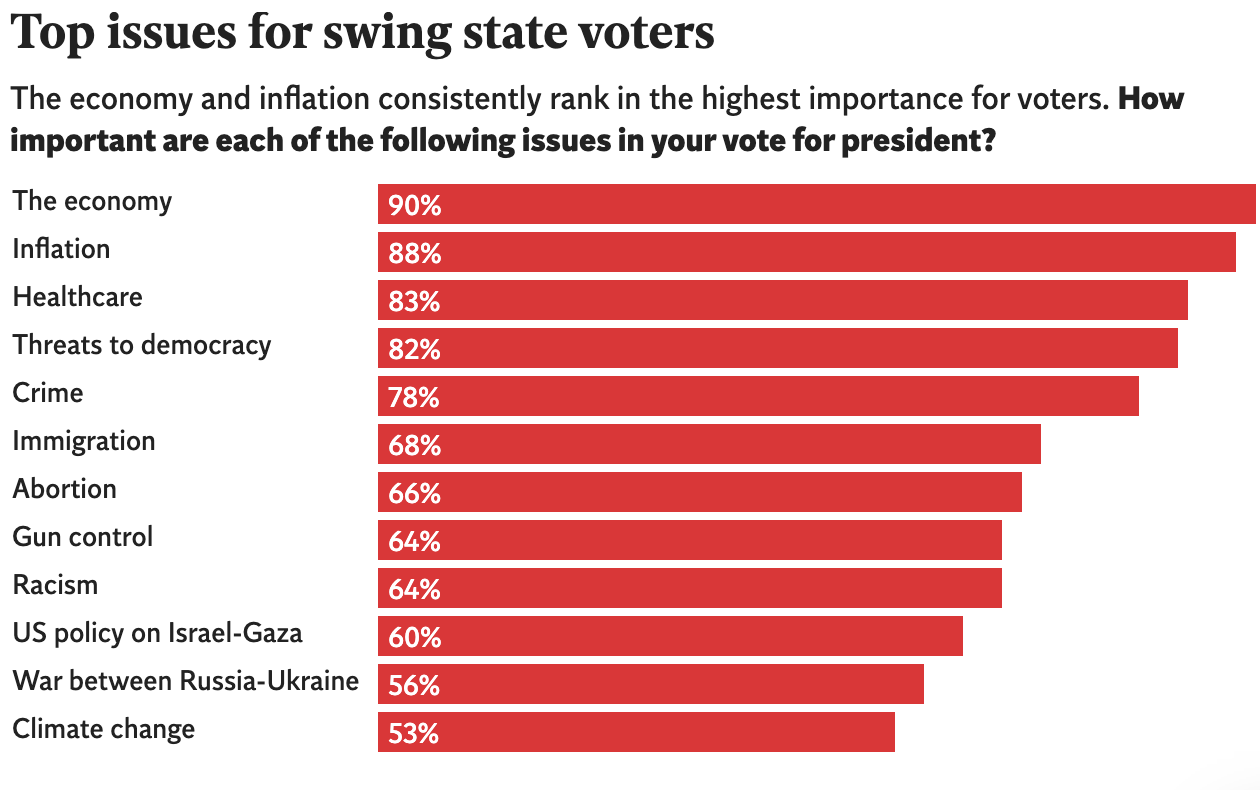



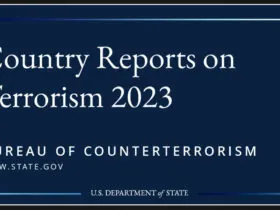
Leave a Reply